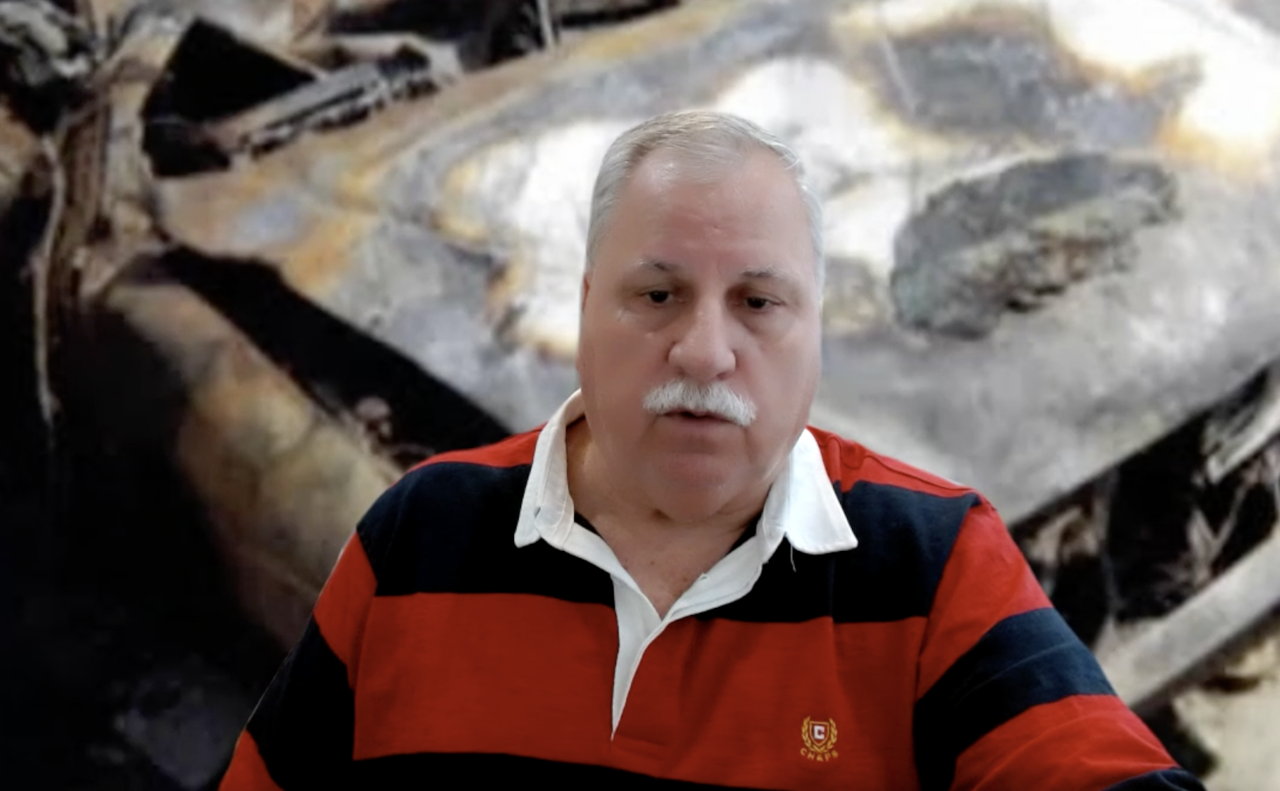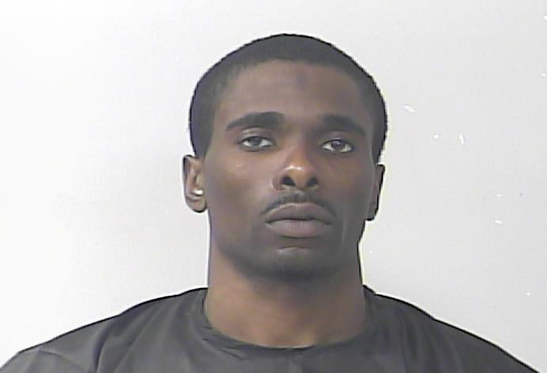WEST PALM BEACH, Fla. — The Florida Highway Patrol is reviewing the pursuit that resulted in the death of trooper Zachary Fink and trucker Arsenio Mas.
It’s standard policy for FHP to conduct reviews that are called After Action Reports, and they can take weeks or even months to complete. FHP inspectors will look at all police reports, crash reports as a result of the pursuit, and photographs of the vehicles involved in the crash.
Tom Gleason is a retired driving instructor for FHP and a nationally known expert on pursuit policies. He’s familiar with details released to date on Fink's pursuit of a fleeing suspect before the deadly crash.
“He was acting within his policy,” said Gleason, who believes the evaluation of the chase won’t likely find Fink violating its policy.

However, he warned the report may raise questions about Fink’s decision not to back off and stop the chase, especially the trooper’s U-turn on Interstate 95 and driving into oncoming traffic to follow the suspect.
“When you start driving, especially on the wrong side of the roadway, then we’ve taken high-risk, and we make it ultra high-risk,” Gleason said.
FHP's 14-page manual on police pursuit was just updated two months ago. One of its key points is, "members [police officers], should avoid contributing to the danger that has already been created by the fleeing violator."

In this case, police said the fleeing violator was Michael Addison, a man with an outstanding warrant and charges of assault with a deadly weapon.
Based on his 45 years as both a police officer and pursuit instructor, Gleason said fleeing suspects are especially dangerous, driving at high speeds, while being chased by law enforcement.
“They [fleeing suspects] don’t have the training or the skills that you [troopers] have,” Gleason said. “That’s where the true risks start rising.”
The police report said before the chase, a St. Lucie County Sheriff’s deputy pulled over Addison’s car, and when the deputy approached to write a speeding ticket, Addison drove off.

When WPTV Investigative Reporter Dave Bohman asked Gleason if at some point the chase should have been abandoned, he said the following:
“One of my concerns to start with that one, is that it had already been terminated by St. Lucie County. If they had already viewed it as too risky to continue a pursuit, then I would have been hard-pressed to continue or to authorize somebody under my command to go ahead and pursue.”
The president of the Florida Police Benevolent Association had a different opinion.
“We have authorization to try and stop that car by any means possible,” John Kazanjian said. “That’s a deadly weapon.”

Kazanjian’s union represents state troopers. He noted the FHP policy reads, “Members may drive on the wrong side of the roadway. In the wrong direction.”
Kazanjian also defends Fink’s actions in continuing the pursuit.
“If these criminals know we’re not going to be pursuing anymore, that’s just going to run rampant,” Kazanjian said. “Crime is going to be out of hand. They’re going to think we’re not going to be able to pull them over.”
Gleason said that in the wake of the crash that killed Fink and Mas, FHP should consider changing its policy and not allow troopers to give chase against traffic.

“If I’m looking at something like that, it’s not if, it’s when something bad is going to happen,” Gleason said.
He hopes the tragedy will leave all officers who initiate or continue high speed chases to ask themselves two questions: Are our actions adding to safety? Or is it taking away from the safety of ourselves, members and the general public?
Gleason does not expect the After Action Report to be used to criticize Fink who died trying to protect the public.
Instead, he believes the report will cause FHP to reevaluate it’s pursuit policy and training, and suggest changes if necessary.





